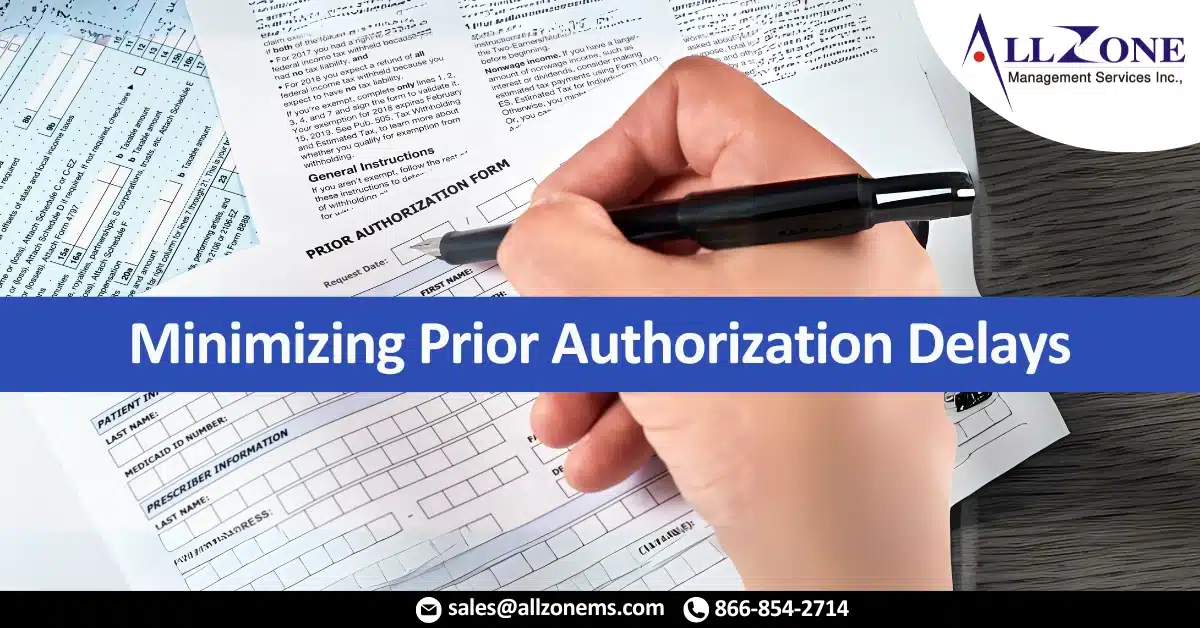Prior authorization steals time from physicians that would be better spent with patients and increases practice costs. The process can pose roadblocks to patient care, delaying much needed services or stalling the delivery of a patient’s treatment.
These five tips can help you to relieve your prior authorization frustrations and better select a method that suits your practice.
- Check prior authorization requirements before providing services or sending prescriptions to the pharmacy:
Taking this step will help prevent delays to filling prescriptions, denials of claims and lost payments that can result from unmet prior authorization requirements. - Establish a protocol to consistently document data required for prior authorization in the medical record:
Uniformly following a protocol can help you avoid delays in patient therapy, prevent potential follow-ups with patients for additional information and minimize time spent on authorization. - Select the prior authorization method that will be most efficient, given the particular situation and available options:
A variety of prior authorization methods are available today, including standard electronic transactions, health plan portals, fax, telephone and secure email. By selecting the method that best fits your practice, you can reduce work flow disruptions. - Regularly follow up to ensure timely prior authorization approval:
The prior authorization process is primarily manual. As a result, a request could be lost in one of the many steps. Track your requests, and follow up to prevent delays that can occur if information is lost or not received by payers. - When a prior authorization is inappropriately denied, submit an organized, concise and well-articulated appeal with supporting clinical information:
You can increase your chances of success in overturning a prior authorization denial by making sure all clinical information is included with the appeal, including any data that may have been missing from the initial request. For prescription appeals, think about adopting electronic prior authorization technology to further streamline the process.

